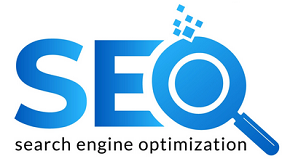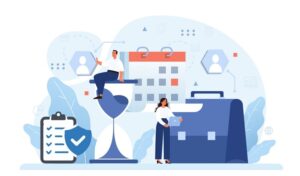
Maximizing Customer Lifetime Value (LTV) for SaaS Companies
For SaaS companies, increasing the Lifetime Value (LTV) of customers is essential for sustained growth and profitability. LTV measures the total revenue a customer generates over their entire relationship with your company. By focusing on strategies to maximize LTV, SaaS companies can enhance customer satisfaction, foster loyalty, and drive long-term success. Here’s how to boost the LTV of your SaaS customers and why partnering with a trusted SaaS marketing agency can be a game-changer.
Understanding Customer Lifetime Value (LTV)
Customer Lifetime Value (LTV) is a crucial metric that helps SaaS companies understand the long-term financial contribution of each customer. A higher LTV means that customers are generating more revenue over time, making them more valuable to the business. Increasing LTV involves strategies that enhance customer retention, encourage upselling and cross-selling, and ensure continuous engagement.
Strategies to Increase Customer LTV
- Deliver Exceptional Customer Service: Exceptional customer service is the cornerstone of increasing LTV. Customers who receive timely and effective support are more likely to stay loyal and continue using your product. Implement a robust customer support system that includes multiple channels such as chat, email, and phone support.
- Personalize Customer Experiences: Personalization can significantly impact customer satisfaction and retention. Use customer data to tailor your interactions and offer personalized recommendations. This can include personalized onboarding experiences, customized email campaigns, and tailored product suggestions based on user behavior.
- Offer Continuous Value: Continuously provide value to your customers by regularly updating your product with new features and improvements. Communicate these updates effectively through newsletters, in-app notifications, and social media. Highlight how these updates solve specific pain points and enhance the overall user experience.
- Implement a Customer Loyalty Program: A loyalty program can incentivize long-term usage and reward loyal customers. Offer benefits such as discounts, exclusive features, or early access to new products. Loyalty programs can make customers feel valued and appreciated, encouraging them to stick with your product.
- Upsell and Cross-Sell Strategically: Identify opportunities to upsell and cross-sell to your existing customers. Use data analytics to understand their needs and preferences, and offer relevant upgrades or complementary products. This not only increases revenue but also provides additional value to your customers.
- Enhance Customer Onboarding: A smooth and effective onboarding process sets the stage for long-term success. Ensure that new customers understand how to use your product and achieve their desired outcomes quickly. Provide comprehensive onboarding resources such as tutorials, webinars, and one-on-one training sessions.
- Gather and Act on Customer Feedback: Regularly collect feedback from your customers to understand their needs and challenges. Use surveys, interviews, and feedback forms to gather insights. Act on this feedback to make necessary improvements and show your customers that their opinions matter.
- Proactive Customer Engagement: Engage with your customers proactively rather than waiting for them to reach out with issues. Use automated email campaigns to check in regularly, offer tips and resources, and ensure they are getting the most out of your product. Proactive engagement can prevent churn and build stronger relationships.
The Role of a SaaS Marketing Agency
Implementing these strategies effectively requires expertise and resources that many SaaS companies may lack. This is where a trusted SaaS marketing agency can make a significant difference. These agencies specialize in developing and executing strategies that maximize customer LTV.
A SaaS marketing agency can help with:
- Customer Segmentation: Analyzing customer data to segment your audience and tailor marketing efforts accordingly.
- Personalized Marketing Campaigns: Crafting personalized email campaigns and content that resonate with different customer segments.
- Customer Journey Mapping: Developing comprehensive customer journey maps to identify touchpoints and opportunities for engagement.
- Feedback Collection and Analysis: Implementing systems to gather and analyze customer feedback for continuous improvement.
- Retention Strategies: Designing and executing retention strategies that keep customers engaged and satisfied.
By partnering with a SaaS marketing agency, you can leverage their expertise to enhance your customer relationships and drive long-term growth.
Conclusion
Increasing the Lifetime Value (LTV) of SaaS customers is critical for sustained success. By delivering exceptional customer service, personalizing experiences, offering continuous value, implementing loyalty programs, and strategically upselling and cross-selling, SaaS companies can maximize LTV. Additionally, enhancing customer onboarding, gathering feedback, and engaging proactively with customers are essential strategies. Partnering with a trusted SaaS marketing agency can provide the expertise and resources needed to implement these strategies effectively, ensuring long-term growth and profitability for your SaaS business.


